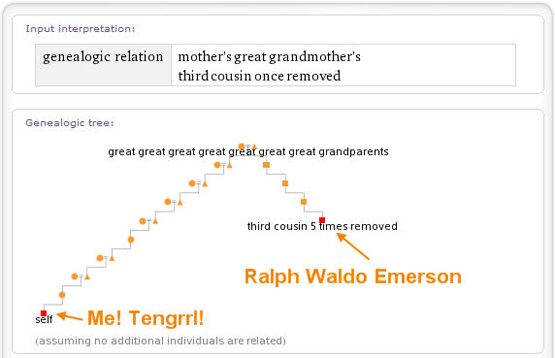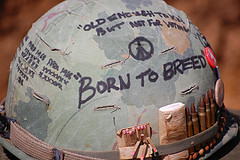Thanksgiving Classroom Discussion: The Meaning of Thanksgiving
November 22, 2010
 Still looking for that last-minute classroom activity to keep the class occupied before the Thanksgiving break? Mark Twain’s newly released autobiography includes a comment on the meaning of Thanksgiving that is bound to lead to a lively classroom discussion.
Still looking for that last-minute classroom activity to keep the class occupied before the Thanksgiving break? Mark Twain’s newly released autobiography includes a comment on the meaning of Thanksgiving that is bound to lead to a lively classroom discussion.
Begin the classroom discussion by asking students to brainstorm or freewrite about the meaning of Thanksgiving. To help focus their comments, you might first ask them to reflect on what Thanksgiving means to them by sharing some of their personal experiences.
Next, ask them the talk about the cultural and social messages related to the holiday. It’s likely you can arrange their shared responses into a handful of categories like family, tradition, patriotism, thankfulness, and shopping.
Once students have recorded their ideas on the meaning of Thanksgiving, turn to Twain. The New York Times published some Excerpts From the ‘Autobiography of Mark Twain’, (found via Chris Boese on Facebook) that included this vitriolic rant “On the Meaning of Thanksgiving”:
Thanksgiving Day, a function which originated in New England two or three centuries ago when those people recognized that they really had something to be thankful for – annually, not oftener – if they had succeeded in exterminating their neighbors, the Indians, during the previous twelve months instead of getting exterminated by their neighbors the Indians. Thanksgiving Day became a habit, for the reason that in the course of time, as the years drifted on, it was perceived that the exterminating had ceased to be mutual and was all on the white man’s side, consequently on the Lord’s side, consequently it was proper to thank the Lord for it.
Twain’s syntax is a little complex, so you might start by breaking down that passage and unpacking the words. Ask students to look in particular at the word choice Twain is using to establish his opinion on the meaning of Thanksgiving:
- It’s a function, rather than a holiday or celebration
- The pilgrims are “those people.”
- The function marks “exterminating their neighbors.”
There’s no whitewashing in Twain’s account of Thanksgiving! Those are some tough words, and Twain’s meaning is very clear.
Have students think about the religious and cultural references in the quotation, and challenge them to think about how Twain’s personal experiences may have influenced his opinion. Have students compare Twain’s comments to the ideas they brainstormed at the beginning of the activity, and encourage class discussion of the accuracy of Twain’s statement. Are there ways that Twain’s take on the meaning of Thanksgiving could be seen as accurate?
As an extension, ask students to adopt Twain’s structure and tone and apply it to Black Friday or Cyber Monday. What would Twain say was the meaning of those commercial events?
[Photo: Turkeys by Hey Paul, on Flickr]





